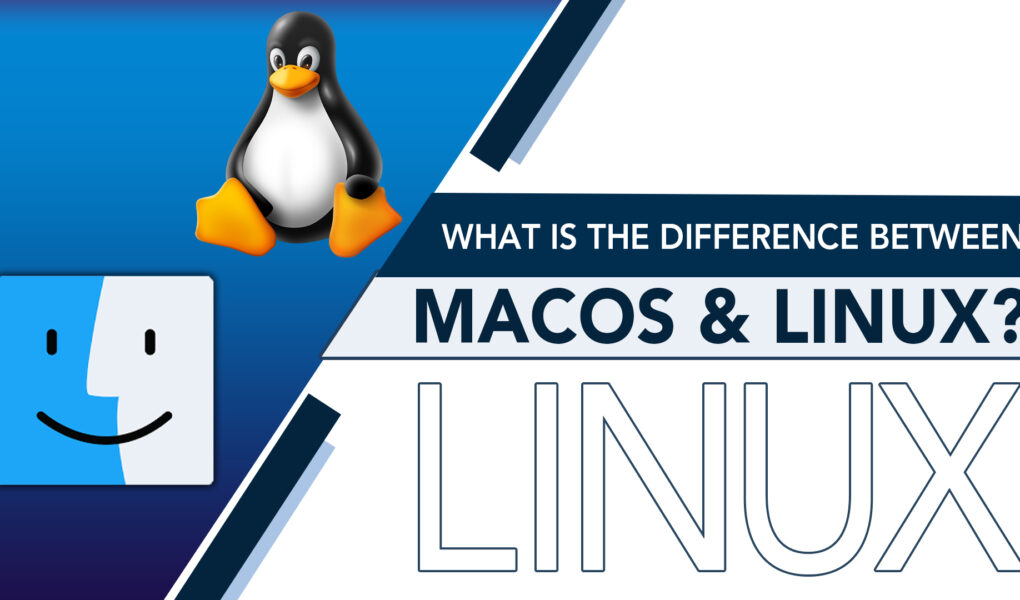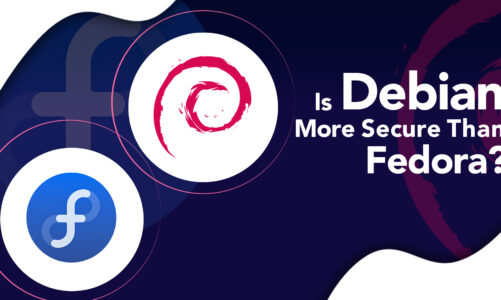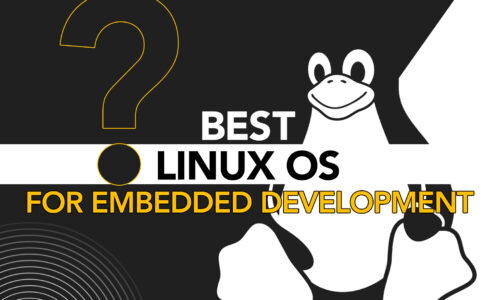Within the world of Mac, there is a battle brewing: macOS vs. Linux. While both operating systems are Unix-based and have similarities in terms of functionality, there are important differences that can impact the user experience, software compatibility, and security.
Whether you’re a die-hard Mac user or a Linux enthusiast, it’s worth exploring the differences between these two systems to determine which one is right for you. In this article, we’ll take a deep dive into the distinctions between macOS and Linux, giving you the information you need to know to differentiate between the two.
1: Origins and History of macOS and Linux
Before diving into the specific differences between macOS and Linux, it’s important to understand the origins and history of each operating system. In 1984, the initial version of Apple’s Macintosh operating system was launched. Over the years, the operating system has undergone multiple iterations, and the latest release, macOS Ventura, was introduced in 2022.
Conversely, Linux is an open-source operating system that originated from the ingenuity of Linus Torvalds in September 1991. It has since gained tremendous popularity as one of the most widely used open-source operating systems worldwide, serving as the backbone for servers and smartphones alike.
While both macOS and Linux have undergone significant changes and updates over the years, their origins and development histories are quite different. macOS is a proprietary operating system developed by Apple, while Linux is an open-source project that has been developed and refined by a global community of developers.
2: User Interface and User Experience
macOS and Linux differ significantly when it comes to the user interface and overall user experience. In terms of user experience, the most apparent contrast between the two lies in their degree of refinement and user-friendliness. While macOS presents a modern and sophisticated interface that is intuitive to use, even for novices. The interface has a consistent look and feel, and many of the built-in apps and features are intuitive and easy to use.
Linux offers a high degree of customization when it comes to user interfaces. There is a broad spectrum of customization options available for users to tailor the interface to their preferences and add a personal touch. However, many of these interfaces are not as polished as macOS and can require a higher level of technical know-how to navigate.
3: Software Availability
Apple’s macOS offers access to a wide range of proprietary software, including popular apps like Microsoft Office and Adobe Creative Suite. However, many of these apps come with a high price tag, making them less accessible to users on a budget. In contrast, Linux is an open-source platform with an abundance of free, open-source software available. While there are proprietary software options available for Linux, many of these are not available for free and may not be as widely used as their macOS counterparts.
4: Compatibility
Compatibility is also a crucial factor to think through when picking software. As macOS is specifically engineered to operate on Apple hardware, it may not be viable for all personal computers. This restriction may constrain the variety of devices on which users can employ macOS. Linux, on the other hand, is designed to be compatible with a wide range of hardware and can be installed on almost any system. This makes it a more versatile option for users who want to run the operating system on a variety of devices.
5: Security and Privacy
Security and privacy are decisive factors when selecting an operating system. Overall, macOS is generally considered more secure than Linux, with fewer reported security vulnerabilities and less risk of malware infections. Nevertheless, the extent of this limitation may vary depending on the particular utilization and the configuration and utilization of the system.
In comparison, Linux is known for its robust security features, with many of the most popular Linux distributions offering advanced security tools and features. Additionally, Linux’s open-source nature allows for community-driven security updates and patches, which can help keep the system secure and up-to-date.
6: Performance and Resource Utilization
When it comes to performance, macOS and Linux have different strengths. Optimization for Apple hardware is a notable feature of macOS, leading to stable and seamless performance. It may not be possible to attain the same level of performance on hardware that is not manufactured by Apple.
Conversely, Linux is resource-efficient and can operate seamlessly on older or less potent hardware. This makes Linux an attractive option for users looking to maximize performance and speed, even on older machines.
7: Community and Support
When selecting an operating system, it’s crucial to consider the available community and support. The Linux operating system is backed by an extensive and committed community of users and developers who are persistently working towards enhancing the system’s functionality and offering assistance to new users.
Apple’s macOS boasts a significant and committed user base, with numerous online forums and communities that focus on providing users with advice and support.
Conclusion
macOS features a polished and user-friendly interface, access to a vast selection of proprietary software, and a devoted user base. Linux, in contrast, provides a customizable user interface, extensive free and open-source software, robust security features, and efficient resource usage.
With that said, it’s right to say that choosing between macOS and Linux is a matter of personal preferences and priorities. However, knowing about both will surely help you make an informed selection.



